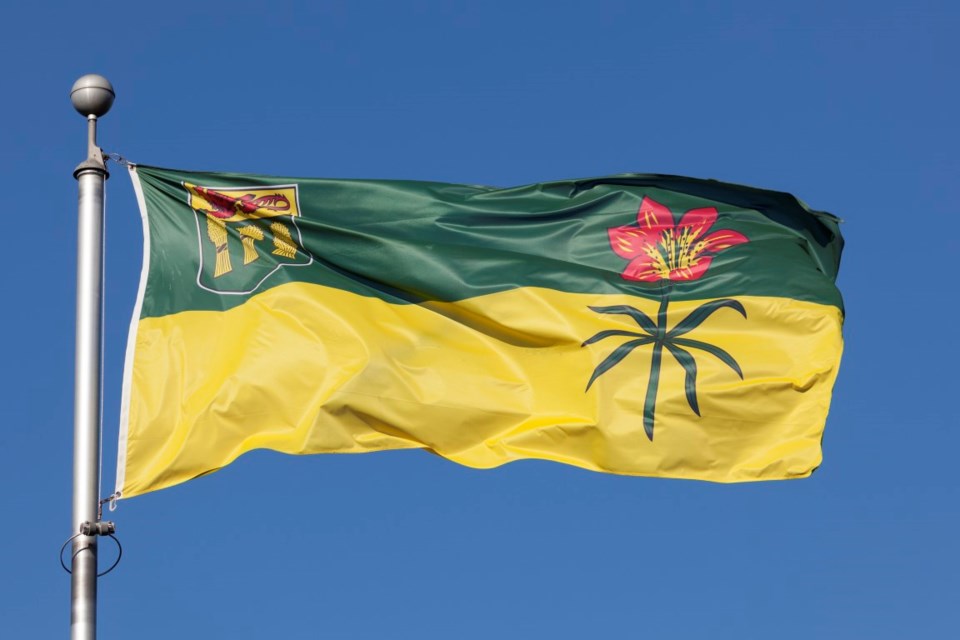The Saskatchewan government’s first quarter results reveal the cracks in its budget plan.
Budget 2023 initially projected a $1-billion surplus, but after four months, that supposed surplus has been cut in half and is now predicted to be $486 million.
Compared to its 2023 budget, the government is now projecting to take in $529 million less in resource revenue. Last year, it raked in a record amount of resource revenue that helped it balance the budget and was counting on near-record amounts to do it again this year.
Spending is also up compared to the budget. This year, the government is planning to spend $408 million more than it budgeted. And that’s the problem. When faced with a large drop in revenue, instead of stopping and looking for savings, the government continues to spend.
If the government had held the line on spending, since tax revenue is up from the budget, the province would be projecting a surplus of $893 million instead.
Last year, the government took credit for the large surplus.
“Our finances are strong,” said Finance Minister Donna Harpauer.
But what will provincial politicians say now that more than half a billion dollars is predicted to vanish from government coffers?
Unfortunately, this is the Saskatchewan government way. Spend taxpayer money like it’s going out of style when times are good, continue to spend when it gets tough and pray that some higher power bails out the province with a surge in oil prices.
This year, the government’s resource revenue take is expected to fall because the price of both potash and oil have dropped. Politicians will remark about how this is out of their control, but this is nothing new. Resource revenues are predictably unpredictable and for them to change drastically over the course of a year is not unexpected.
The government decided to hinge the budget on an oil price of $79.50 per barrel. The government now forecasts it will be $5 less. It also predicts that the price of potash per tonne will decrease by more than $30. Over the last year, the price of oil has ranged from $63.64 to $93.74 and the price of potash from $328 to $513.75.
The government is foolish to be pinning its entire fiscal strategy on revenue that is not guaranteed. Something needs to change. Saskatchewan needs a coherent plan to get its finances back on track.
At this point, the government still plans to pay back up to $1 billion of debt, but this plan could be in jeopardy if resource revenues drop further. By the end of this year, the debt will be $18.1 billion, or about $15,000 per Saskatchewanian. Taxpayers cannot afford for the debt to keep increasing.
In the past five years, the government has spent $2.5 billion dollars on debt interest payments. That’s enough money to build 87 new schools or cut the provincial sales tax by one point for each year. Instead, that money has been completely wasted, paying for the government’s inability to keep the budget balanced and pay down the debt.
The Saskatchewan government paid back $1.5 billion in debt last year. It can’t let that good work go to waste by sliding back into deficit.
The government’s first quarter update shows that something needs to be done to safeguard the province’s resource revenues in the good times and weather the storm during downturns. Former premier Brad Wall commissioned a report that recommended the province set up a heritage fund to invest the province’s resource revenue. Its time to give that report another look.
The first quarter update should be a wake-up call for the government to get control of its finances. Instead of praying for revenues to stay high, the Saskatchewan government needs to focus on getting expenses down and keeping the budget balanced.
Gage Haubrich is the Prairie Director for the Canadian Taxpayers Federation
You can no longer count on social media to deliver important news to you. Keep your news a touch away by bookmarking SASKTODAY.ca's homepage at this link.
Subscribe to SASKTODAY.ca newsletter to get our daily news to your inbox.




